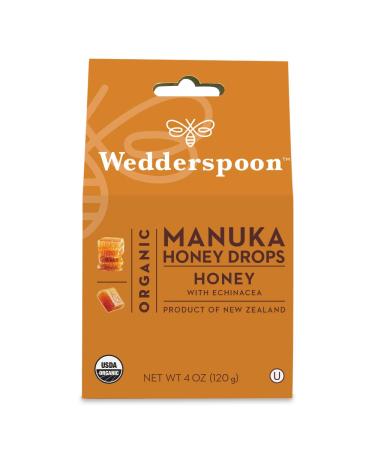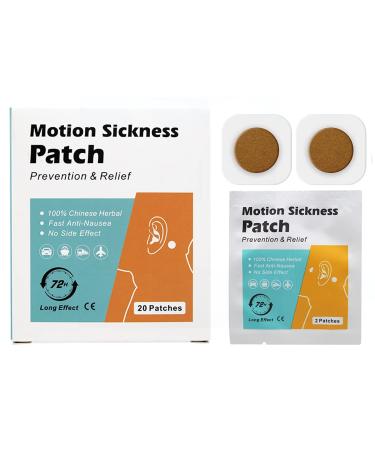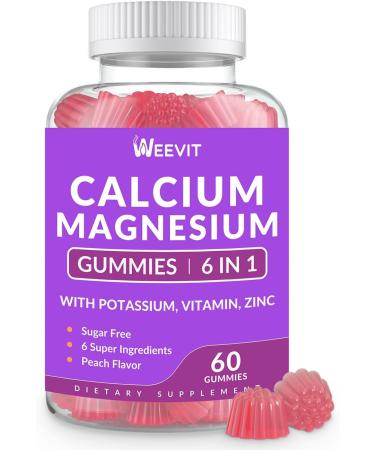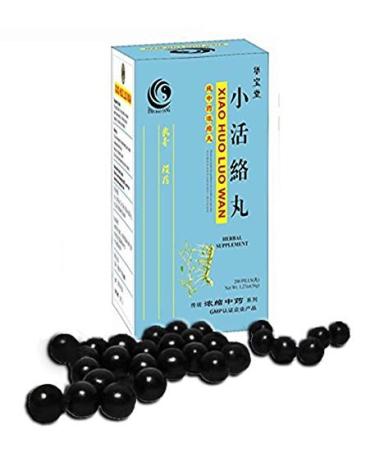Food Additive Name:
Degirmencibasi Gluten Wheat ProteinIngredient List:
1 kgPhysical Structure:
PowderAllergen Information:
For backward traceability, the lot numbers of allraw materialsand packaging materials are recorded.The product lot number is located on the product packaging.Functional Class of Food Additive:
ProteinsName of the Source from which the Food Additive is Obtained:
WheatFoods to Which the Food Additive Can Be Added:
In the Turkish Food Codex Food Additives Regulation and vertical communiqués It is used in permitted finished products in accordance with regulations, taking into account the relevant limitations.When the necessary information cannot be found in the regulations and communiqués, the relevant country's regulatory authorities can be consulted.Special Storage Use Conditions:
Store tightly closed in a cool, dry place.Commercial Name and Address of the Food Business Operator:
Smart Kimya Tic. ve Dan. Ltd. Sti.
Manufactured in the Ege Industrial Site Balatçik Neighborhood, 8901 3 Street, No:3 3AO, Çigli Izmir facilities.Manufacturer Registration Number:
TR-35-K-047442Origin:
Turkey (The origin of the main ingredient of the food is different from the origin of the final product.)Instructions for Use:
Turkish Food Codex Food Additives In accordance with the Regulation, finished products produced or planned for production should be used taking into account the foods to which they can be added, usage conditions, maximum quantities, and restrictions specified in vertical communiqués regarding the product.If use is planned in countries other than Turkey, the legal regulations of the relevant country should be taken into account.Product performance may vary depending on production conditions, the structure and performance of machinery and equipment, seasonal variables, and other raw materials.Before determining the optimal usage amount, trials should be conducted with minimum quantities, taking into account the restrictions specified in the Turkish Food Codex Food Additives Regulation.Area of Use Purpose of Sale:
For use in food.Technical Information:
The protein complex formed by the complete mixing of wheat flour with water is called gluten or vital wheat gluten.Vital wheat gluten generally has a protein content of 75-82 . It increases the nutritional value of the products to which it is added and also increases the functional protein content.There are two types of proteins in wheat flour:Gliadin and glutenin.When wheat flour is soaked, these two proteins interact with each other kneading the soaked flour results in the formation of a gluten matrix with prominent elasticity and cohesiveness. (Bread dough before baking is an example of this.)Gluten is the most important and essential additive added to flour to enrich it, improve its quality and water absorption, and enhance mixing and fermentation stability.When a gluten-containing product is baked, it expands compared to before baking. This is because the heated carbon dioxide gas, air, and steam within the dough expand, causing the gluten proteins to stretch and trap these gases within the dough. As the baking process continues, the heat breaks down the stretched and expanded gluten proteins, and the baked product achieves its desired final structure.In high-fiber products, breakfast cereals, pasta, meat, seafood, and vegetarian products, gluten improves their production and cooking quality, while also enhancing their nutritional value, strengthening their structure, increasing their cohesiveness, and extending their shelf life by reducing moisture loss.Why is gluten added to flour mixtures?As is known, the quality of wheat (protein content) varies from year to year and from region to region due to differences in seed selection, fertilization methods, soil selection, climate conditions, sunn pests, diseases, etc. Some years, protein content is higher than standards, while others are below standards. It is impossible to obtain a standard-quality product from a non-standard raw material, so gluten is added to flour mixtures to ensure the same standard and quality of flour every year.Application Areas: Used in the flour industry, breakfast cereals, diet products, biscuits, some cheeses, high-quality pasta, pizzas, light snacks, vegetarian menus, frozen dough products, animal feed, and cosmetics sectors.Nutrition Declaration:
Energy and Nutrition Facts | Per 100g |
Energy | 409.4 kcal1733.7kj |
Oil | 5.0g |
Saturated Fat | 1.0g |
monounsaturated | 0.6g |
polyunsaturates | 3.4g |
Fiber | 1 mg |
Protein | 80.9g |
Carbohydrate | 10.2g |
Sugar | 1.6g |
Dextrose | 0.1g |
Maltose | 1.5g |
Technical Documents:












